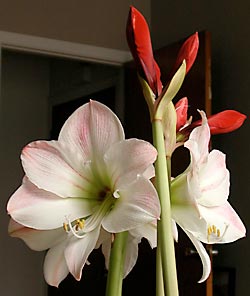The majesty of winter’s quiet beauty is a breathtaking backdrop for discovering birds on a crisp morning at Edsel & Eleanor Ford House. Birders have seen and heard the beautiful notes of songbirds and witnessed migration overhead.
Ford House and Rosann Kovalcik, owner of Wild Bird’s Unlimited in Grosse Pointe Woods, continue their partnership by offering novice and experienced bird watchers the opportunity to walk among the magnificent grounds during the Winter/Spring Bird Walk series at Ford House. Over the years, participants in walks have discovered more than 190 species of birds.
The Winter/Spring Bird Walk series begins Saturday, Jan. 15 and continues on the following days: February 12, 8am; March 12, 8am; and April 16, 7:30am.
Reservations are required and may be made by calling 313.884.4222. Admission to the bird walk is $7 per person. For additional information, visit www.fordhouse.org.

